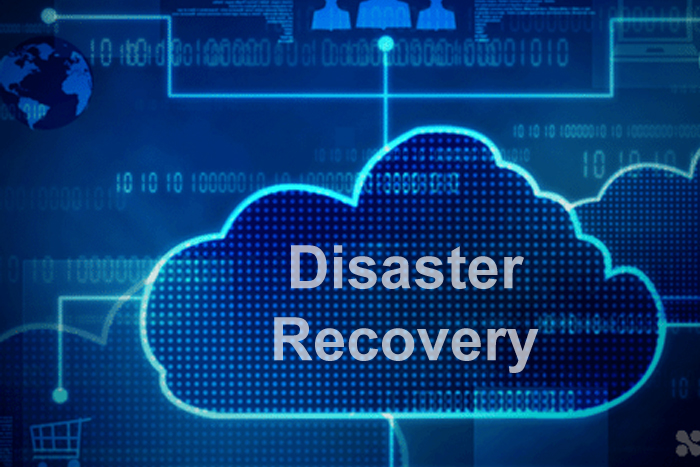Why Every Business Needs Cloud Disaster Recovery

In today’s digitally-driven world, businesses rely heavily on data and applications to function efficiently. Any unexpected disruption, whether caused by natural disasters, cyberattacks, or hardware failures, can have devastating consequences. That’s where cloud disaster recovery (DR) comes into play. In this blog post, we will explore the significance of cloud disaster recovery and how it can help organizations ensure business continuity in the face of adversity.
The Need for Cloud Disaster Recovery
Disasters can strike at any time, and their impact on businesses can be severe. Whether it’s a hurricane, a power outage, a cyberattack, or even a simple hardware failure, the loss of critical data and systems can result in downtime, financial losses, and damage to reputation. This is where cloud disaster recovery steps in as a crucial strategy to mitigate such risks.
- Cost-Efficiency: Traditional disaster recovery methods often involve maintaining off-site data centers and redundant hardware, which can be costly. Cloud disaster recovery offers a more cost-effective solution by allowing businesses to leverage cloud infrastructure and pay only for the resources they use during a disaster recovery event.
- Scalability: Cloud-based DR solutions provide the flexibility to scale resources up or down as needed. This ensures that businesses can tailor their disaster recovery plans to their specific requirements, making it a practical choice for organizations of all sizes.
- Reliability: Leading cloud service providers, such as AWS, Azure, and Google Cloud, invest heavily in data center security and redundancy. This means that data stored in the cloud is often more secure and resilient than on-premises alternatives.
- Reduced Downtime: Cloud DR solutions enable rapid failover and recovery, minimizing downtime. This is especially critical for businesses that rely on real-time data processing and applications to deliver services to customers.
Key Components of Cloud Disaster Recovery
To implement a robust cloud disaster recovery plan, organizations should consider the following key components:
- Data Backup and Replication: Regularly backup and replicate critical data to a remote cloud location. This ensures that even if the primary data center is compromised, data can be restored from the cloud.
- Disaster Recovery as a Service (DRaaS): DRaaS providers offer turnkey solutions that automate the failover process, making recovery quicker and more reliable.
- Testing and Monitoring: Regularly test and monitor your disaster recovery plan to identify and address any weaknesses or inefficiencies before a real disaster occurs.
- Documentation and Communication: Clearly document your disaster recovery procedures and establish communication protocols to ensure that all stakeholders are informed and coordinated during a disaster event.
- Compliance and Security: Ensure that your cloud disaster recovery plan complies with industry regulations and incorporates robust security measures to protect sensitive data.
Cloud disaster recovery is no longer a luxury but a necessity for businesses seeking to ensure business continuity in an unpredictable world. It provides cost-effective, scalable, and reliable solutions to safeguard critical data and applications. By embracing cloud-based disaster recovery, organizations can minimize downtime, reduce financial losses, and protect their reputation in the face of adversity. Remember, it’s not a matter of if a disaster will strike, but when, and having a well-planned cloud disaster recovery strategy can make all the difference.

